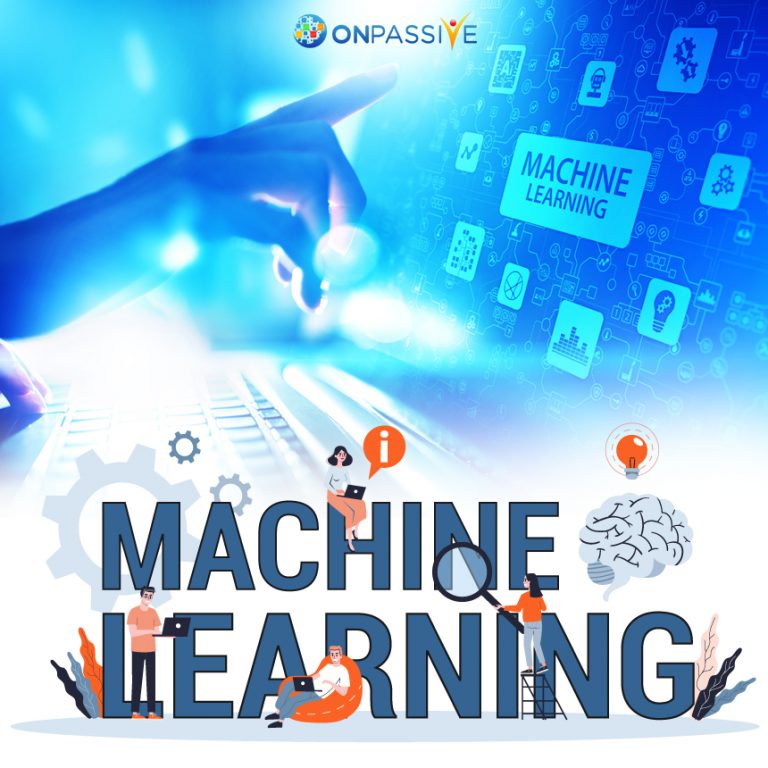
Machine Learning is the study of algorithms and statistical models that computer systems use to perform a specific task deriving meaning from instructions, relying on patterns, etc. It is kind of a subset of artificial intelligence.
But one question still hanging there “Can machine think the way a human thinks?”
In 1982, Self-learning was introduced along with a neural network, capable of self-learning named Crossbar Adaptive Array (CAA). The CAA self-learning algorithm computes, in a crossbar fashion, both decisions about actions and emotions (feelings) about consequence situations. The interaction between cognition and emotion drives the system.
Change is constant, a few years ago where companies were completely dependent on cold calling, manually managing customer accounts, handling the enquiries manually. Now it’s completely software-based like managing marketing campaign details in CRMs, Analytics tools, and strategic reports, etc.
Artificial intelligence is making machines smarter like a human. AI could provide better analytics, decision making, and information sourcing for all the marketing needs, to find the backlinks, to check the indexed pages, to make the bulk submissions, to automate the social media. Everything can be done by using software and tools. Through AI, we get 100% accuracy and exact estimations of sales & revenue.
Trade and cyber-security are increasingly getting intertwined. The expansion of the data flow globally by businesses and consumers for communication, e-commerce, source of access to information and innovation is transforming international trade. As global interconnectivity grows, however, so does exposure to the risks of cyber-attacks by using JavaScript to steal credit card details from e-commerce sites.
In essence, today’s modern technology in regards to marketing has made companies more vulnerable to cyber-attacks.
10.5 billion malware attacks took place in the year 2018 alone,. That’s too much volume to handle. Today, it’s impossible to deploy effective cyber-security technology without relying heavily on machine learning. Fortunately, machine learning is picking up some slack. A subset of artificial intelligence, machine learning uses algorithms born of previous datasets and statistical analysis to make assumptions about a computer’s behavior.
And it’s been a boon to cyber-security.
Machine learning has become a vital technology to curb cyber-security. With machine learning, cyber-security systems can analyze the access patterns and learn from them to help prevent similar attacks and respond to changing behavior. It helps cyber-security teams to be more pro-active in preventing threats and responding to active attacks in real-time by stamping out pre-emptively cyber threats and bolsters security infrastructure through pattern detection, real-time cybercrime mapping, and thorough penetration testing.
Such programs are designed to monitor users’ web browsing, display unsolicited advertisements, or redirect affiliate marketing revenues are called spyware. Unlike viruses, spyware programs do not spread easily. What happens is spyware are usually installed by misusing security holes. Spywares are hidden and packaged together with unrelated user-installed software. Example: The Sony BMG rootkit was intended for preventing illicit copying; but also reported on users’ listening habits, and unintentionally created extra security vulnerabilities.
To draw a conclusion, with its ability to sort through millions of files and identify potentially hazardous ones, machine learning is increasingly being used to uncover threats and automatically squash them before they can wreak havoc.


